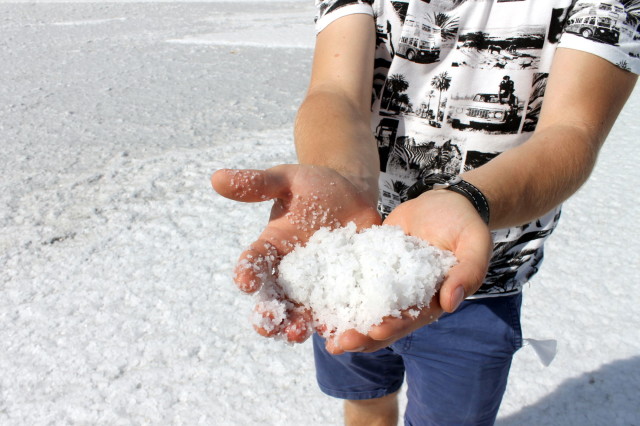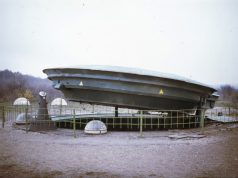Very often when we are trying to describe the flavors of the old Odessa, we forget to mention one crucially important element: Odessa always had its own salt! Remembering that, we can both spice up Odessa’s gastronomic history and observe it from an entirely new viewpoint
Historians tend to talk about the settlement of Khadjibey, occupying the location of modern-day Odessa from about the 14th to the 18th centuries, as a harbor mostly involved in grain transport. However, many of them often fail to mention the vigorous salt trade that was such an important part of the local economy.
In medieval times, salt was an extremely important product. Without refrigeration, the best way to preserve food was to salt it, so its use was not dictated by taste preferences, but by the need for survival in times when fresh food was not to be readily available. For this reason also, salt was also very expensive. To this very day in modern Europe spilling salt is still considered to be an omen of misfortune — because of its high price, spilling it was associated with future economic losses in general. On the other hand, if somebody had access to large amounts of salt or worked in the salt trade, he was likely to be very rich.
In the old days, Odessa provided such an opportunity: a very big lake lay near the city, salty like the Dead Sea in Israel is today. It had no fish at all, but was extremely rich with salt that was there for the taking. One didn’t need to dig in a mine, or boil water to extract the salt like in other places — just take it, carry it off, and sell it in the marketplace! The residents of the city did just that.
Some of this salt was traded on the Black Sea, although there is no reliable historic data available about this trade or who the final consumers along this trade route were. Some salt was taken to the continent and sold all over Ukraine. In fact, it could be said that all of central Ukraine used salt from Khadjibey-Odessa in it’s household. Famous “chumaks” — Ukrainian merchants — were primarily known for their involvement in the salt trade. They delivered salt to faraway locations by small wagons that were pulled by a pair of oxen. Despite all the risks associated with trade across the border, like being killed or robbed by brigands along the way, chumaks hazarded these adventures for the sake of turning a very good profit.
It was these tradesmen who first promoted the future Odessa throughout Ukraine as a place where one could get rich very easily. Some of them would go on to organize the first Ukrainian settlements near the Black Sea. When the area became part of the Russian Empire, the glory and fame of the new Odessa and it’s economic success was spread throughout Ukraine together with the salt. Chumaks prospered until the second half of the 19th century, when competition from railroads made longer trade routes unprofitable.
Salt from the Kuyalnik continued to be sold at Odessa markets, and of course it wold continue to be used in Odessa’s kitchens to salt dishes and preserve fish, meat and the famous Bryndza cheeses of the Bessarabia region. So, all the food in Odessa was salted with local salt, making it deeply rooted in Odessa soil. So to speak.
Salt would be sourced from the Kuyalnik until 1932, when competition with very cheap mined salt from Donbas closed this business down. Salt started to be so common and inexpensive that most people in Odessa forgot about the local salt. However, some inhabitants that live near the lake still recognize and use only Kuyalnik salt, even though it is more difficult to obtain than merely buying salt at the supermarket.
Perhaps in the near future, the old “Odessa salt” will return to the city, sold in gourmet markets and souvenir shops, while local restaurateurs and chefs will use it to garnish their dishes. It is after all a local delicacy. For now, the best way to get this salt is to go to Kuyalnik and pick some up from the beach, perhaps taking the opportunity to do some swimming and to take in some mud baths while there, since that is the main attraction of the area in modern times!
Dmytro Sikorsky is a restaurateur, scholar and historian of the Odessa and Bessarabia region.




































